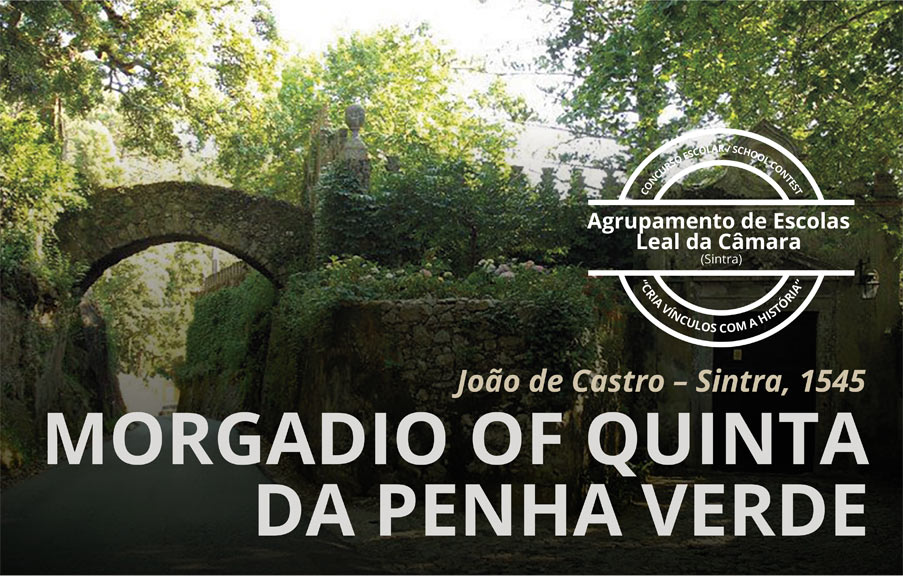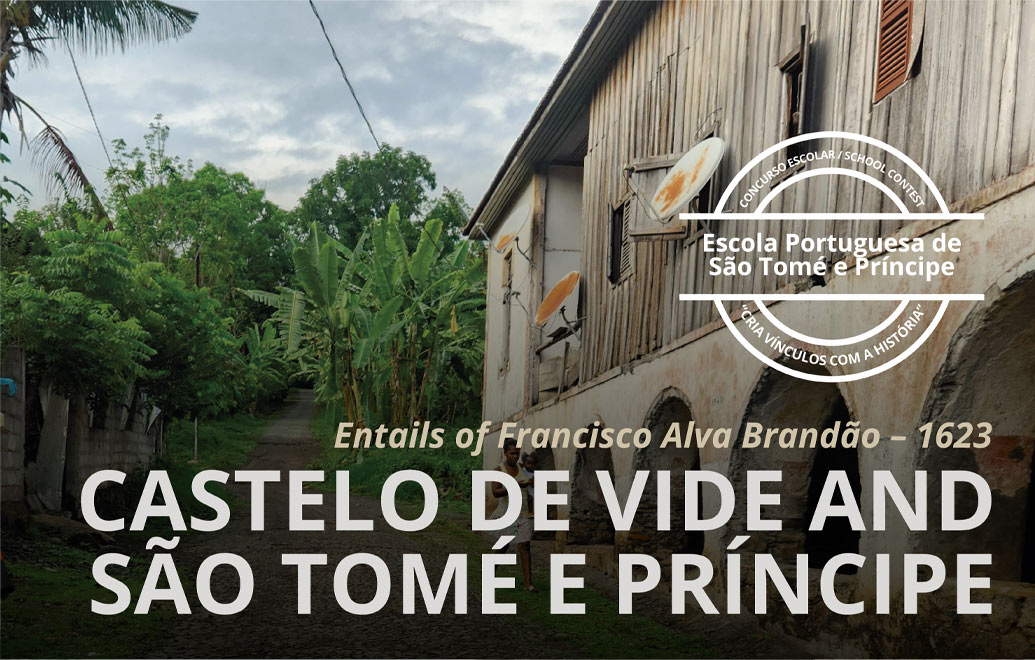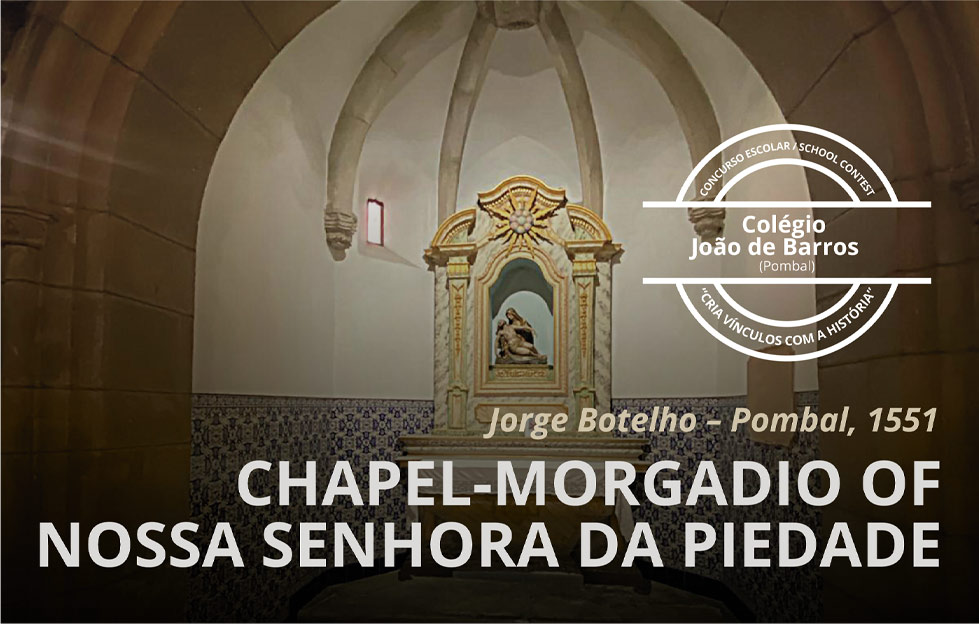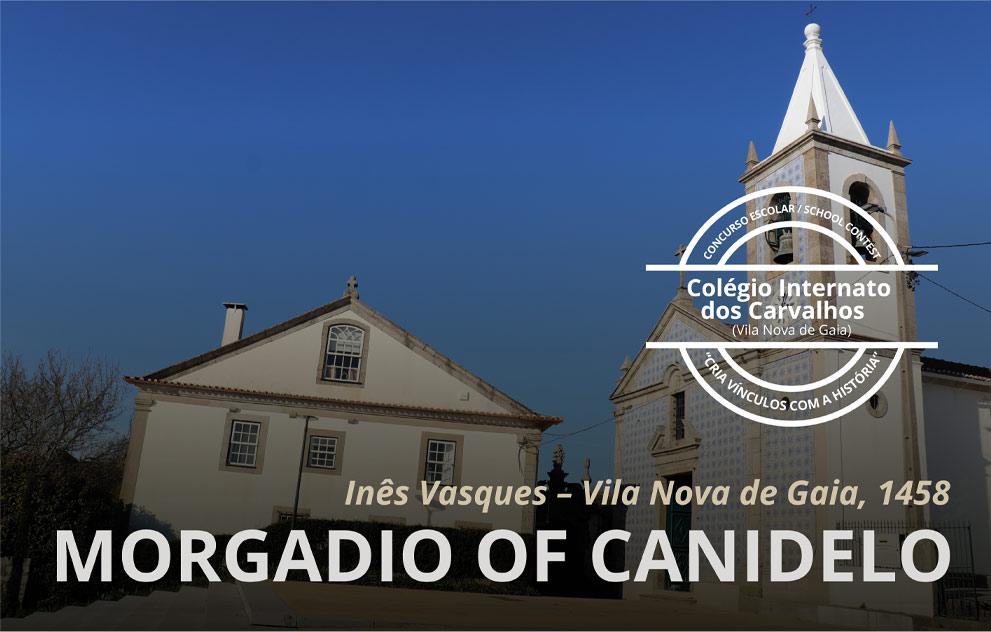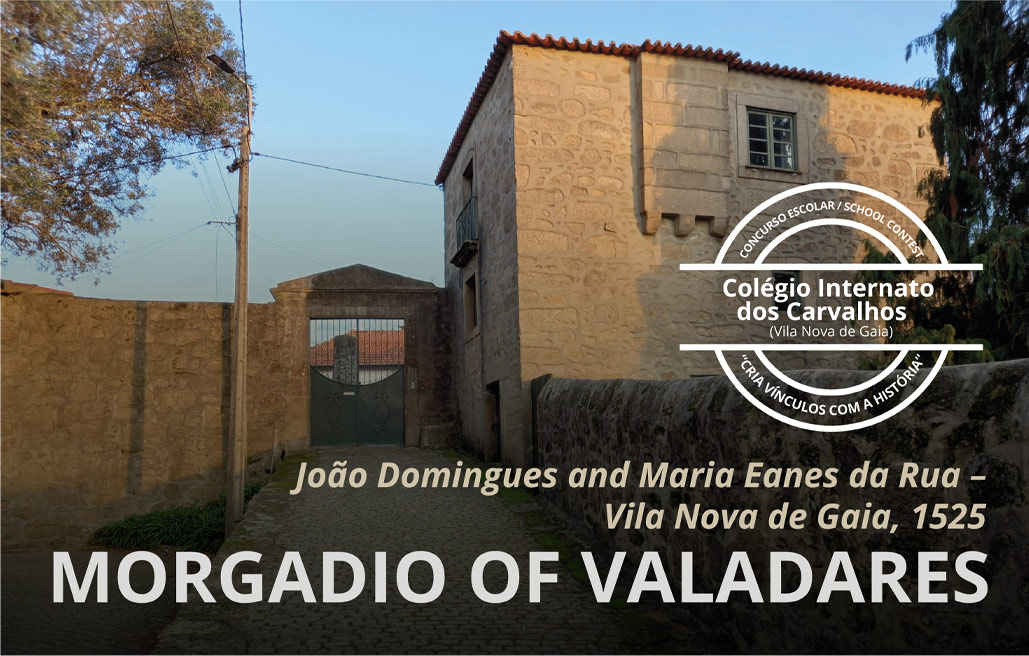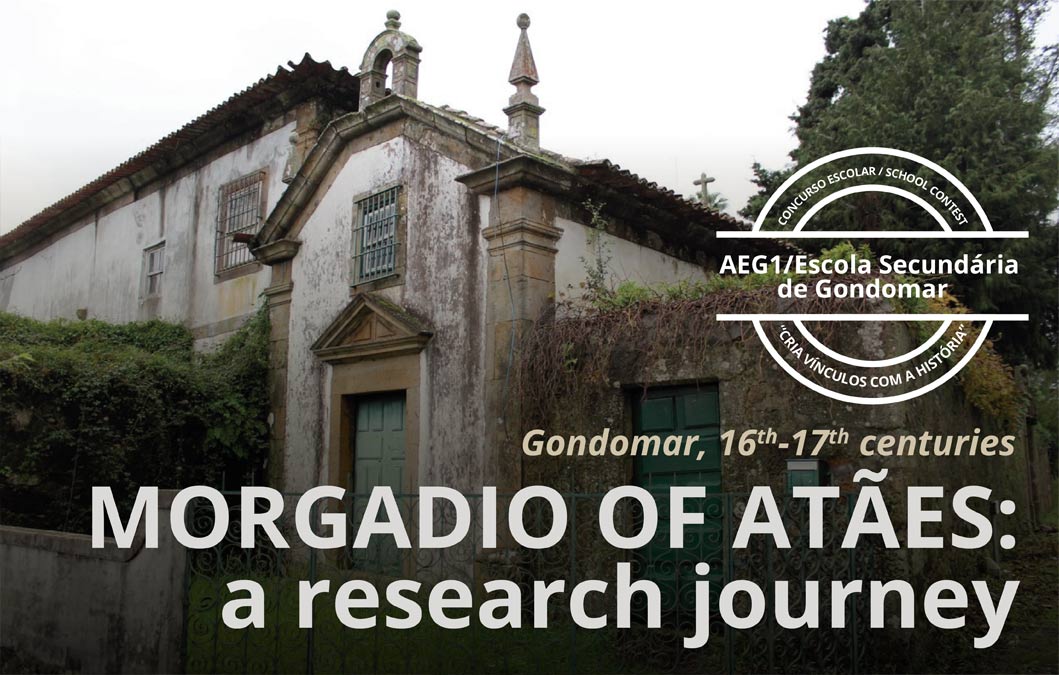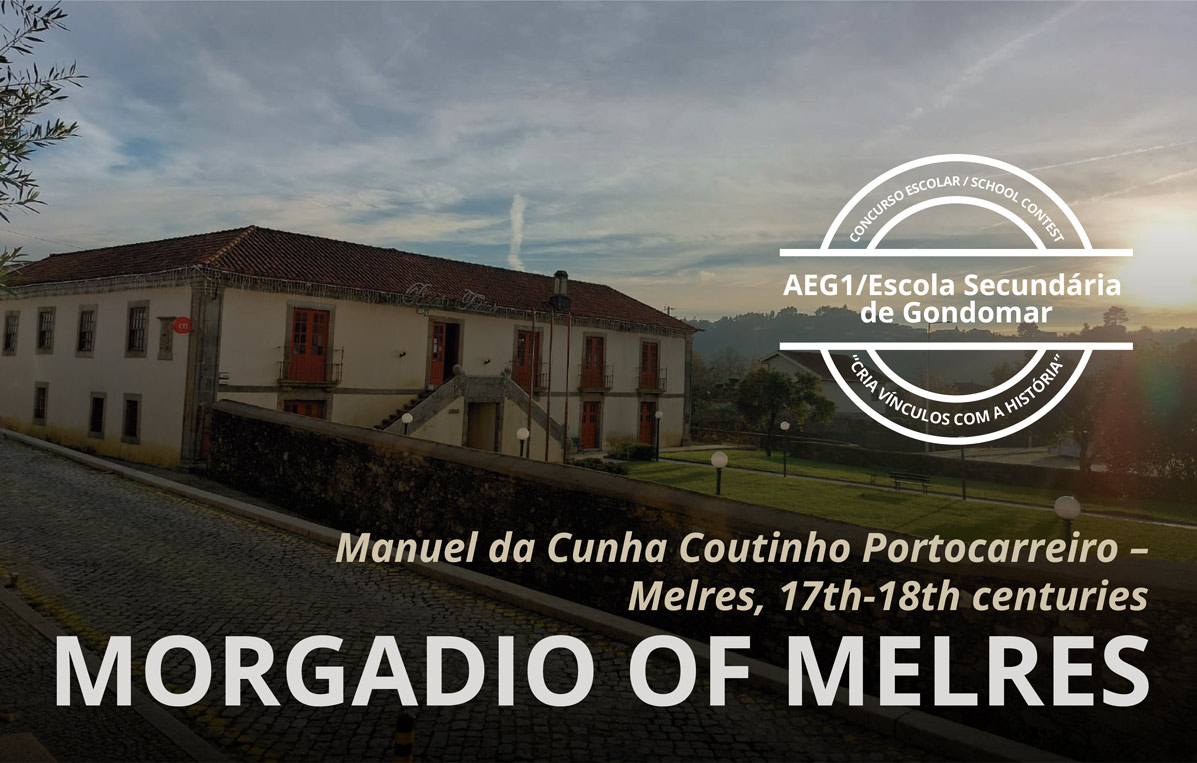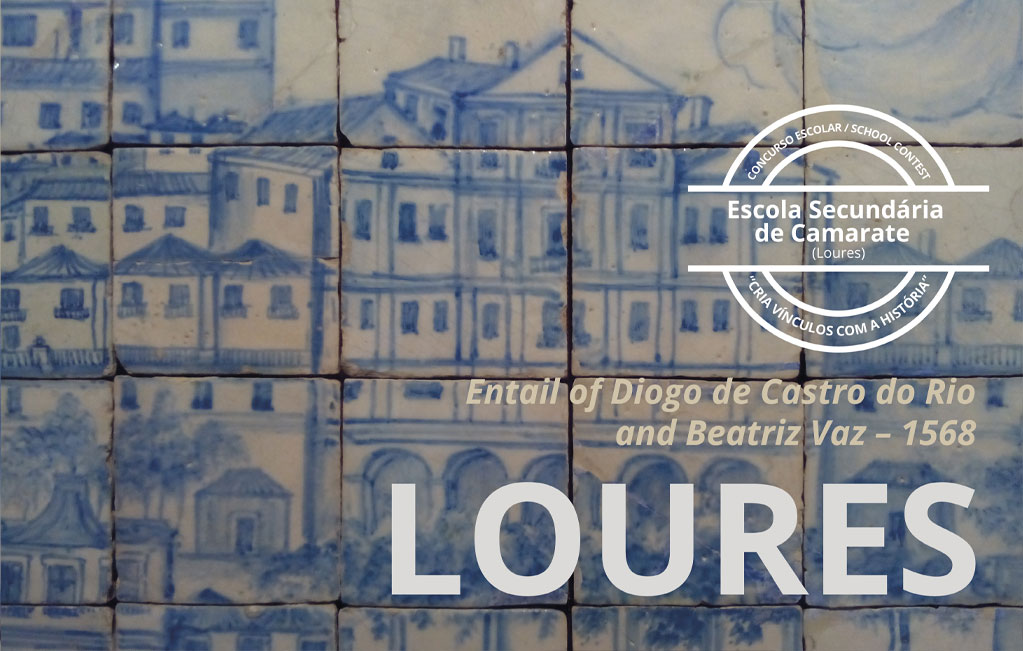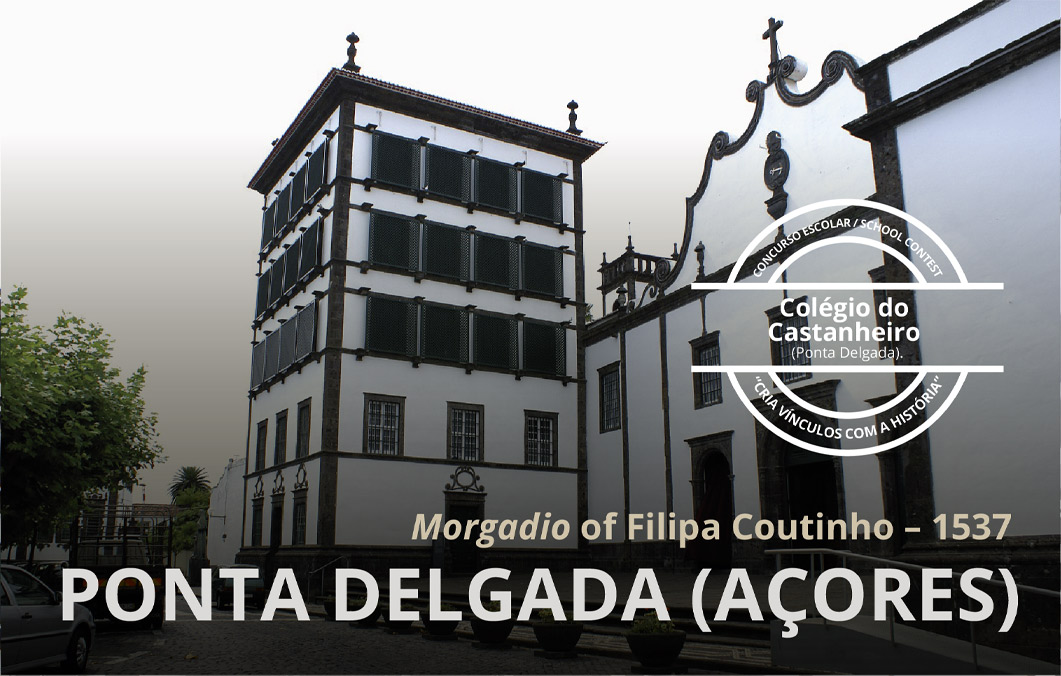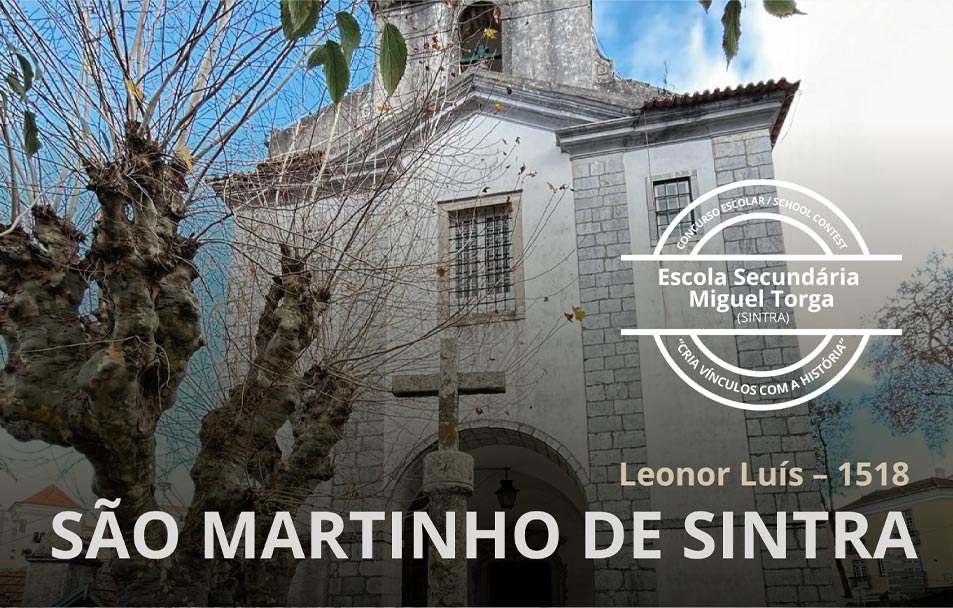Entail of the month (September, 2021)
Morgadio of Pedro Leme
Funchal, 1552
During its transition to the early modern period, the Kingdom of Portugal underwent geographical changes, opening up to foreign merchant communities. The Atlantic expansion played a decisive role in developing economic, political and cultural connections of those communities. As commercial exchanges in the port of Lisbon intensified, it became mandatory for European merchants to use the Portuguese coast as a stopover. Some of them came to integrate local society, developing close relationships with the Portuguese Crown.
That was the context of the establishment, in Portugal, of the Leme family. The family’s pioneering figure was Martim Leme (Maerten Lem in Flemish). Born in Bruges, he benefited from the privileges granted during Afonso V’s rule to foreign resident merchants, particularly regarding the trade of insular goods. Leme’s close ties with the Crown and the city of Lisbon became evident from a series of royal charters in which he is referred to as a “merchant of Bruges, [and] our own [man]” (1456), besides “our squire, merchant, [and a] resident of our very noble and always loyal city of Lisbon” (1464). This involvement is also reflected in the family’s active role in financing military campaigns in Africa and participating in them (LEME, 2008, p. 44; pp. 47-49).
The Lemes managed from Lisbon and Funchal their merchant house in Flanders. António Leme, Martim’s third son, settled permanently in Funchal during the 1480s. It was there that he took charge of his family’s commercial interests and where, between 1485 and 1491, he sat in the municipal council. In this period, he was identified as an informer of Christopher Columbus by Bartolomé de las Casas: “Antonio Leme, married, living on the island of Madeira, had certified to him that when his caravel was sailing west, three islands were sighted” (LAS CASAS, 1875, p. 98).
On 8 November 1320, Estêvão da Guarda and his wife, Sancha Domingues, founded a chapel at the São Vicente de Fora Monastery, Lisbon. Two years later, a confirmation document details every aspect related to the chapel administration and worship (AML, 2003, p. 41). In fulfilment of the founders’ wishes, succession to the administration of the assets fell on the eldest male heir. Thus, after the death of Estêvão da Guarda, it fell on Álvaro Afonso, the grandson of Estêvão and Sancha.
However, the chapel and related properties remained in the lineage’s administration for only two generations. The disowning of the great-grandson, Diogo Álvares, in 1419 by order of João I, seems to indicate irregularities on the part of the founders’ successors (AML-AH, Chancelaria régia, Livro dos Pregos, doc. 285, ff. 200v-201v). For an extended period, the “problematic and troublemaking” administration was met with a lack of income, as attested by a document dated December 1513 (MARTINS, 1999, p. 11). This document reveals a poorly kept chapel, “so badly looked after that it looked abandoned” (AML-AH, Casa de Santo António, Livro da instituição da capela de Estêvão da Guarda, doc. 15; MARTINS, 1999, p. 12). For these reasons, on 26 July 1512, King Manuel ordered the senate of Lisbon’s municipal council to take possession of the chapel, and gave it the right to appoint and remove its administrators (AML-AH, Casa de Santo António, Livro da instituição da capela de Estêvão da Guarda, doc. 1, f. 5). It should be noted that the founders had foreseen the possibility that, in case there was no descendant in the family, the administration of the chapel would be handed over to a citizen of Lisbon, appointed by the city council (MARTINS, 1999, p. 28). This context serves to explain the fact that the municipality currently keeps most of the documentation relating to this entail. Thus, it is in Lisbon’s municipal archive (Arquivo Municipal de Lisboa) that both the will of the founders and the documents of the institution and ratification are preserved, transcribed in an eighteenth-century codex named “Livro da Instituição da Capella de Estevão da Guarda, e outras cartas (…)” (AML – AH, Casa de Santo António, Livro da instituição da capela de Estêvão da Guarda, docs. 1-16).
The family’s presence on the island was consolidated in 1552 thanks to the institution of the Leme morgadio by Pedro Leme, the son of António Leme. He was a nobleman and knight of the royal household. The founder’s will determined that the entail’s flagship was a manor house located in the parish of Santo António, Funchal, inherited from his mother. Properties continued being added for the rest of his life (LEME, 2019, p. 82). Pedro’s will, as transmitted to his son, Cristóvão Leme, prescribed that the patrimony inherited was not to be scattered: “it shall remain undivided, without ever being divided, alienated, rented or leased for more than periods of two years” (ABM, Juízo dos Resíduos e Provedoria das Capelas, Tombo dos resíduos, caixa 4, f. 594v.).
The morgadio’s administration would suffer a severe blow when, for unknown reasons, Pedro Leme and his son were sent to prison in Lisbon and died shortly afterwards (LEME, 2019, p. 84). The unusual situation led the founder’s nephew, António Leme de Aguiar, to transfer the entail to his second daughter, Maria Leme de Barros. She remained as an administrator until she died in 1607. As Maria had no descendants of her own, the entailed assets eventually fell in the hands of Leonor Leme’s successors since Leonor was the founder of the morgadio’s sister. The next administrator was Gaspar de Aguiar Leme, then his sister, Maria da Câmara, whose descendants became the administrators.
Throughout the nineteenth century, much of the influence of the Leme family came from the development of socially fruitful matrimonial alliances with other local entail administrators. In the 1820s, two marriages were celebrated with the Ornelas family (FERREIRA, 1998, pp. 23-27), who owned the morgadio of Caniço (as featured in the previous Entail of the Month). Late in that century, the assets formerly entailed by Pedro Leme became part of the heritage managed by the house of the Counts of Carvalhal, a prominent family in Madeiran society.
António Leandro da Câmara Leme do Carvalhal Esmeraldo, the 2nd Count of Carvalhal, inherited from his great-uncle the morgadio, becoming its administrator until 1863, when entails were finally extinguished.
Joana Soares, Maria Beatriz Merêncio, Margarida Leme
Coordination: Rita Sampaio da Nóvoa
ARQUIVO REGIONAL E BIBLIOTECA PÚBLICA DA MADEIRA (ABM) – Juízo dos Resíduos e Provedoria das Capelas, Tombo dos resíduos, caixa 4, f. 593-598.
As Gavetas da Torre do Tombo, Lisboa, Centro de Estudos Históricos Ultramarinos (ed.), vol. IV, nr. 3169, 1964, p. 196. Available at: http://hdl.handle.net/10451/34702 [accessed on 31 August 2021].
LAS CASAS, Bartolomé de – Historia de las Indias, Tomo 1, escrita por Fray Bartolomé de Las Casas, ahora por primera vez dada a la luz por el Marqués de la Fuensanta del Valle y D. José Sancho Rayón, cap. XIII, Madrid, Imp. de Miguel Ginesta (ed.), 1875, p. 98. Available at: http://www.cervantesvirtual.com/nd/ark:/59851/bmc542p8 [accessed on 31 August 2021].
FERREIRA, Maria Fátima Araújo de Barros – “Arquivo da Família Ornelas Vasconcelos: instrumentos descritivos”, in Arquivo Histórico da Madeira, vol. XXI, Funchal, 1998, pp. 23-27.
LEME, Margarida Ortigão Ramos Paes – “Os Lemes – um percurso familiar de Bruges a Malaca”, in Sapiens – Revista de História, Património e Arqueologia, nr. 0, December 2008, pp. 51-83. Available at: http://www.revistasapiens.org/Biblioteca/numero0/oslemes.pdf [accessed on 31 August 2021]
LEME, Margarida, “Os Primórdios da Família Leme na Madeira (Séculos XV-XVI)”, in Arquivo Histórico da Madeira, “Nova Série”, nr. 1, 2019, pp. 67-101. Available at: https://ahm-abm.madeira.gov.pt/index.php/ahm/article/view/16 [accessed on 31 August 2021].
Other entails of the month



